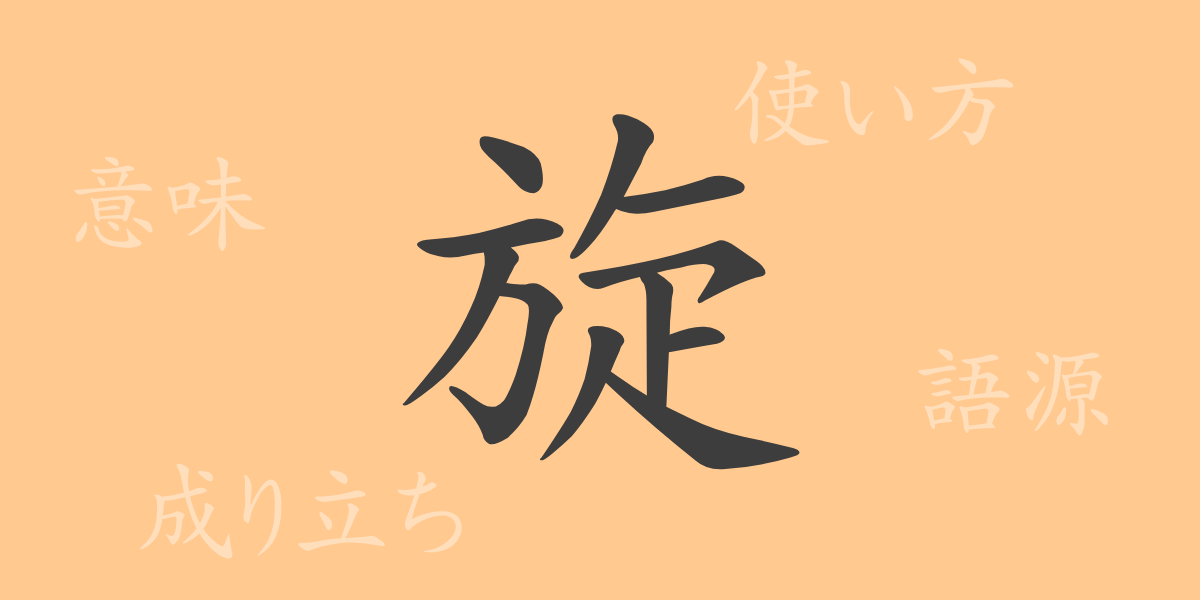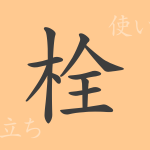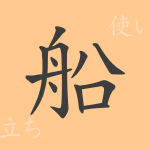In the Japanese language, each kanji symbol embodies unique meanings and histories that reflect the depth of Japanese culture and language. The kanji “旋” (せん) is frequently encountered in various contexts including music, nature, and daily life. This article delves into the allure of “旋,” exploring its origins, meanings, applications, and its use in idioms and proverbs, providing a deeper understanding of its place in Japanese culture.
Origins of 旋
The kanji “旋” originated in ancient China and was derived from one of the Ba Gua, representing the direction of the wind, initially symbolizing tools like the ‘巽’ used for creating wind or spinning. Over time, “旋” evolved to generally represent rotational movements. It was introduced to Japan during the Asuka period along with other aspects of Chinese culture. Since then, the Japanese have utilized “旋” in various contexts reflecting its dynamic meanings.
Meaning and Usage of 旋
“旋” fundamentally denotes rotation or circular motion, such as in ‘旋律’ (melody) in music or ‘旋回’ (rotation) describing the smooth circular motion of objects. It is also metaphorically used to describe situations turning around or improving. It commonly functions as part of nouns or verbs, contributing to compound words across different contexts.
Pronunciation, Stroke Count, and Radical of 旋
“旋” is a well-known kanji among Japanese speakers, with several key features:
- Pronunciation: On’yomi (reading) is “セン” (Sen), with no specific Kun’yomi (native Japanese reading).
- Stroke Count: 11 strokes.
- Radical: It belongs to the 斤部 (おのぶ – the ax radical).
Phrases and Proverbs Involving 旋
“旋” features in many expressions and idioms in Japanese, showcasing its expressive range. Some examples include:
- 旋律 (せんりつ) – Melody in music, a sequence of harmonious sounds.
- 旋風 (せんぷう) – Literally a rotating wind, like a tornado, or metaphorically a rapid, impactful movement or phenomenon in society.
- 旋回 (せんかい) – The rotation of an object around a center or the progression of events following a particular order or flow.
Conclusion on 旋
Understanding the meanings embedded in each kanji allows us to appreciate the richness of the Japanese language. “旋,” with its connotations of movement and flow, plays a significant role in our linguistic expressions. Whether in music, natural phenomena, or everyday scenarios, “旋” exemplifies the versatility and depth of Japanese expressions. Through this article, we hope you have gained insight into the profound meanings and appealing uses of “旋.”

























